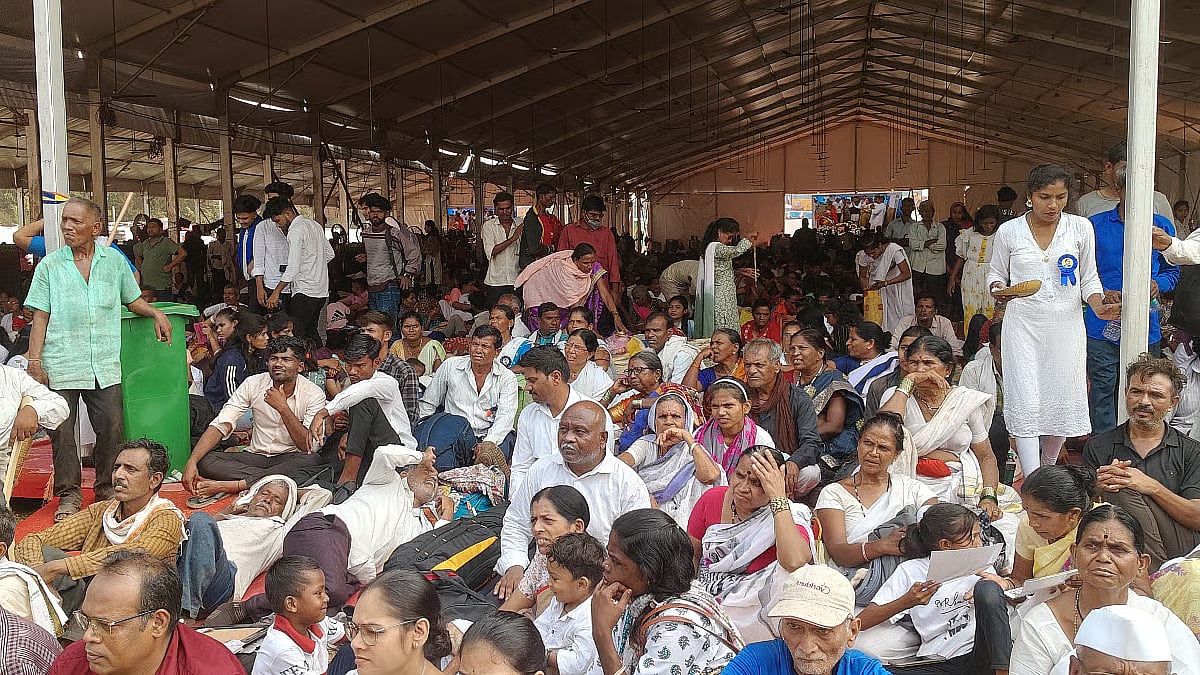‘First move well, then move often’ --Gray Cook, physiotherapist
We have often been reminded that lack of enthusiasm to move or lethargy is one of the main contributors to all major health problems. It is also said, ‘The best posture is the next position,’ which is embodied by a construction worker, nurse or waiter who is constantly on the move. They burn approximately 1300 to 1400 non-exercise activity calories — NEAT calories. Compare this to the sedentary occupation of a receptionist, IT analyst or accountant, who burns merely 300 to 600 calories, making a difference of 1300 calories a day. So, one hour of exercise, after being desk bound during the entire day, is still 1300 less calories.
Changing one’s profession to being employed as a construction worker is not the answer, but what can make a huge difference is the timing, quality and quantity of movement during the entire day.
When the body is inactive for a prolonged period, it gets accustomed to that form, leading to rounded shoulders, hunched backs, crooked spines and duck feet. After an entire day of sitting, if one walks into a trendy fitness class, an injury can occur in the trial class itself. This applies to runners and weekend warriors as well. Monday to Friday is desk bound and the weekend is suddenly used to play a sport. Rotator cuff tendinitis, IT band pain, ball of the foot pain and knee pain are some common injuries recorded.
Belly fat isn’t going away by one hour of exercise and a strict diet. Sedentary life during non-exercise hours causes muscles to slacken and tissues become tight restricting the joints because of disuse. This applies to all, including athletes. The body is designed to move and if muscles don’t function, they lose memory. Glute amnesia or dead butt syndrome is when the butt can’t be felt in movements. The first thing I ask people is if they can feel their butt during an exercise session. It speaks volumes about their lifestyle.
In sedentary occupations, it is important to know if there is mere discomfort or actual pain. Mere discomfort is a signal by the body to change position. So, move about, stretch, walk, squat, dance a little or do any movement that makes you feel good. It is necessary to alternate between a seated and standing position every 20 minutes.
Standing desks are great, but not if you do not know how to stand right. The idea is not ‘standing’ but ‘moving’. Standing in one position for prolonged periods of time can cause varicose veins due to lack of circulation and improper posture. Alternating between a standing and sitting desk is a wiser option.
Different occupations have different demands and stresses on the body. An accountant, an architect, cashier or lawyer working on a computer is prone to rounded shoulders and thoracic tightness due to weak abdominal muscles. On the other hand, a person staring at multiple computer screens is more likely to suffer neck pain. A graphic designer constantly using his fingers is liable to get carpal tunnel. Sonographers regularly working on ultrasound machines will commonly experience neck and arm fatigue. Meditators sitting for long hours in a fixed posture are prone to tight spine and hips.
A diamond sorter, who constantly bends his neck or a pathologist staring into a microscope for hours, require proper ergonomics to reduce neck strain and scapula strengthening exercises to offset the bad posture. For frequent air or road travellers, pilots or sales personnel, mobilizing the lower back and hip exercises come handy to offset the likely muscular imbalances which come with too much sitting. Movement every 20 minutes for a minute or two is highly recommended, no matter what your job demands are. Housebound individuals, housewives or children are no exception.
The mechanics we use to move in everyday activities are invariably the same movements we use the most during the day. So, be active as it reduces the chances of getting a herniated disc, from which nearly 10 million suffer every year in India, the youth being no exception. I have treated even children aged, 10, 12,13 and 15 years for common postural problems. Beware, even sitting in the best posture is still sedentary.
Some exercises, which can be done every 20 minutes:

Chair lunge: Chair lunge is a great way to open up tight hip flexors. Do it for a minute and if it feels mobile enough drop the knee to the side and open the hip further.

Plank with shoulder-blade activation: Come into a plank position on your desk or on the chair. Make sure your chair is steady. Squeeze and release the shoulder blades for one minute. Remember to brace your tummy tight.

Squat: Start with an assisted squat, holding your desk leg. Make sure you are leaning forward. Keep the heels on the floor. Push the knees out to open up the hips. Initially, if your heels don’t touch it’s fine. Slowly progress to unassisted squats. Hold for one minute every time.
(Shikha Puri Arora is a rehab trainer, posture, ergonomic consultant and your support from injury to fitness based on real science. shikhapuriarora@gmail.com)










